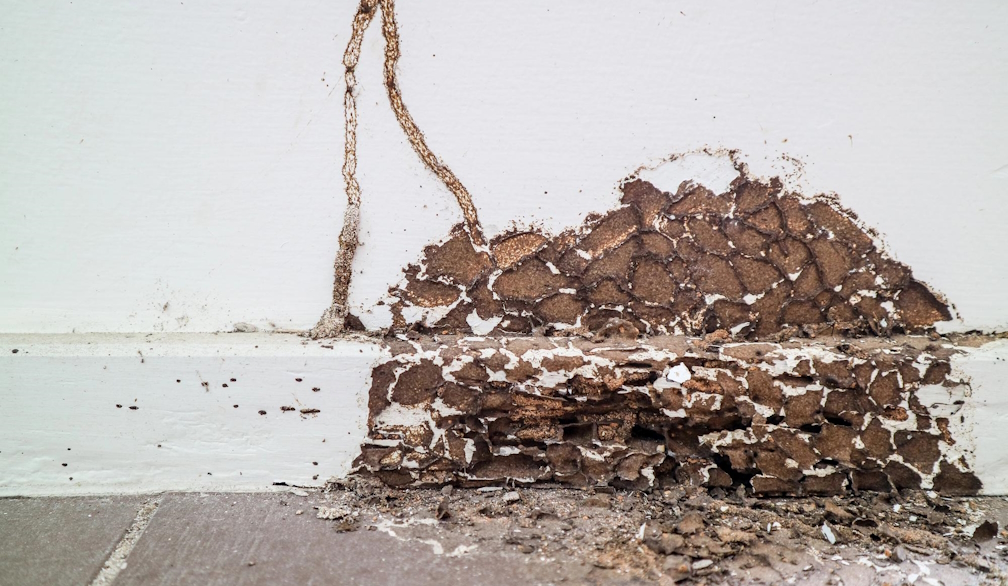Avoid Termite Disaster: Termite Inspection Frequency

Every year, termites cause an estimated five billion dollars in damage worldwide. This insidious destruction is often unnoticed until it's too late and homeowners are left facing devastating repair costs. In Australia, termite damage is not a rare phenomenon. These diminutive yet destructive insects have a knack for invading our residences, chewing away the very foundation, and inflicting substantial economic losses. Undoubtedly, this substantiates the importance of implementing an effective termite preventive strategy, an integral part of which is regular termite inspections. Whilst it might seem as an extra expense initially, in actuality, it’s an investment that can potentially save you from substantial expenses. This write-up presents a comprehensive discourse on termite behaviour, inspection procedures, scheduling, and why regular evaluations are an indispensable element of home ownership.
Understanding Termite Behaviour and Lifespan
Termites manifest an intriguing complexity in their social behaviour and life cycles. The average termite goes through several stages: egg, nymph (or immature), and adult, living for approximately two years. Noteworthy among the terrorising termite types are the subterranean and drywood termites. Subterranean termites are ground dwellers and have a fondness for forming extensive subterranean colonies. These creatures pose a significant threat to your home's foundation. On the contrary, their counterpart, drywood termites, have an inclination for dry wood often found in attics or furniture. Termites gain ingress into our homes via numerous access points like cracks in foundation, gaps in the exteriors of homes, or directly assaulting exposed wood. Ignoring initial infestations can pave the way for an unchecked termite population growth, culminating in widespread destruction.
Termite Inspection: What It Involves
Conducting a termite inspection is an exhaustively meticulous process. It encompasses a detailed examination of both the interior and exterior areas of a property, putting special emphasis on wooden structures like furniture, flooring, and also damp zones and soil in the vicinity. Technicians look for signs of termite presence like discarded wings, mud tubes, termite droppings, or visibly damaged wood.
The process is not limited to a visual inspection. Many inspection companies employ advanced technological equipment to facilitate the process. These include digital moisture metres to identify damp conditions attributing to termite activities and infrared cameras to pinpoint termite nests hidden behind walls. As for the duration, a termite inspection usually takes about two hours for an average-sized home. However, this might vary, given the property size and overall condition.
How Often Should You Have a Termite Inspection?
The frequency of termite inspections is contingent upon several factors. Homeowners need to consider their property’s age, a history of previous infestations, and geographical location - termites are partial to warm, humid climates making parts of Australia a termite hotbed. In high activity regions, undertaking an annual inspection is strongly recommended. For homes that have had previous infestations, twice-yearly checks or even quarterly inspections might be necessary. Importantly, homeowners need to adhere to guidelines set by housing authorities or insurance companies for regular termite inspections - non-compliance might invalidate your insurance policy in the event of an infestation.
How to Choose a Reliable Termite Inspection Company
Choosing a reliable termite inspection company is a significant part of your termite management strategy. Companies with an extensive industry presence and positive customer feedback often guarantee quality service. Certification from pest industry standards is indicative of a company’s professional standing and adherence to safety regulations. Always ensure the company carries insurance, which offers protection against any mishaps during the inspection process.
Before selecting, posing pertinent questions about their inspection process, the technologies they employ, the warranties they provide, and their after-service process can provide greater understanding. Be wary of firms making grand promises at nominal prices as quality work bears a justifiable cost.
Benefits of Regular Termite Inspections
Despite seeming an upfront expense, maintaining a regular termite inspection schedule offers numerous long-term benefits. Early termite detection means early troubleshooting, which considerably lowers treatment costs and wards off major repairs. Additionally, knowing your home is termite-free brings peace of mind and contributes to healthier living.
In terms of investment, properties with a clean record of termite inspections are more appealing to buyers. An inspection Certificate can increase a property's value at the market as it reassures potential buyers that the property is well-cared-for and termite-free.
Conclusion
In conclusion, understanding termites, their behaviour, and the threat they pose; knowing what entails a thorough termite inspection; determining how often to conduct inspections; selecting a reliable inspection company; and comprehending the manifold benefits of regular inspections; all contribute to effective termite management. Inspections are an indispensable part of home maintenance that assures your living space’s structural integrity. Regular termite inspections may come at a small cost, but the expense is well justified to stave off the silent destroyers. So, why put it off any further? Secure your property by scheduling your next termite inspection today.

















